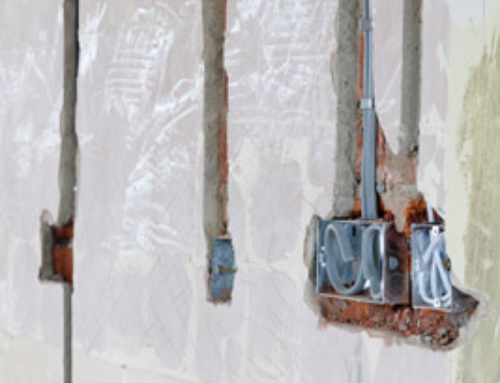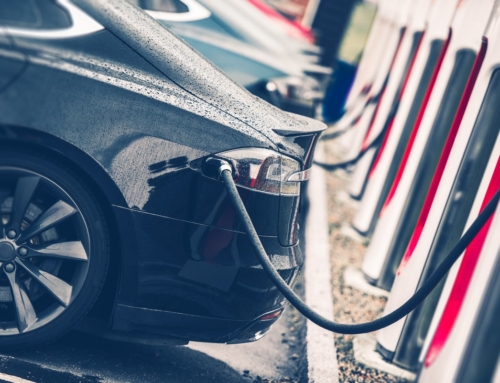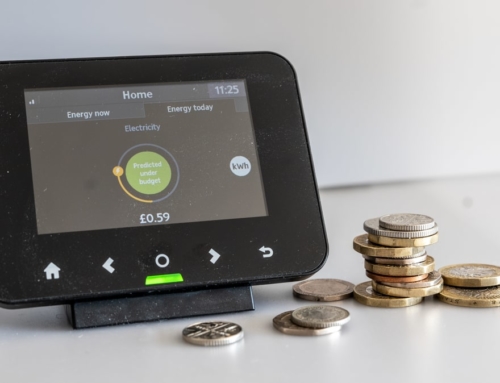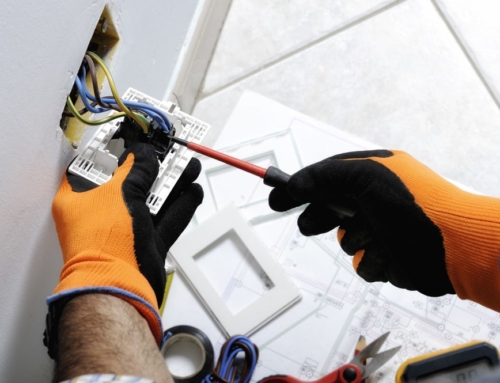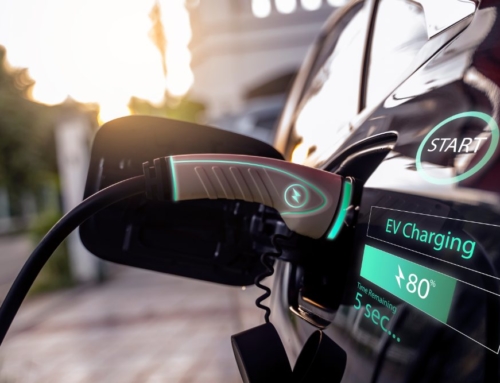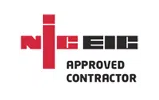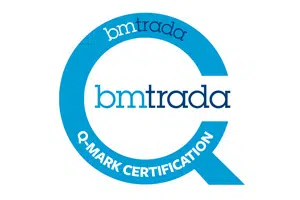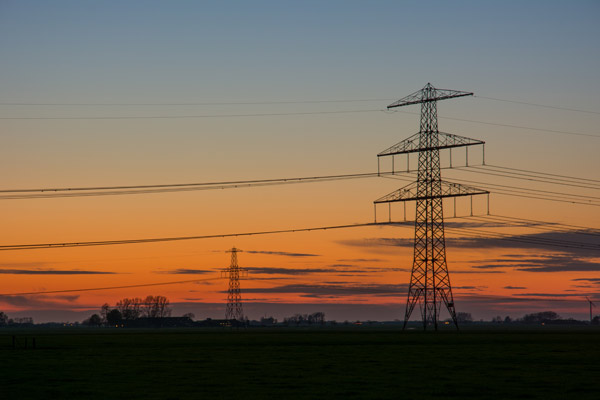
Ensure your home electrics are surge protected
When you shop around for new sockets, or extension cables, you might notice that some are equipped with surge protection technology. Often, these items are more expensive than ordinary electrical gear, yet they’re recommended as the higher quality option.
Is it really worth buying surge protected equipment, and what are the practical benefits?
Surge protection explained
In our homes, we expect the electrical current to be more or less constant. Devices are designed to draw power consistently, and cannot cope if the voltage is suddenly increased. The electrical wiring heats up very quickly, and if it burns, the appliance is usually beyond repair.
Household appliances often cause power surges. You may notice the lights sometimes fail for a second when they turn on and off. In some cases, there will be no outward sign of a surge.
A surge protector is a special component that curbs these sudden, high voltages. As the power starts to spike, the protector kicks in, and any excessive charge is routed through the ground connection so it never has chance to cause damage. Each surge protector has a pre-set level that is deemed to be the maximum voltage allowed.
Normally, a power strip with surge protection will cost a few pounds more than one without. You may find that the strip has a couple of USB sockets, which are a handy bonus, compared to a regular four-way adapter.
Why is surge protection important?
If a power surge occurs while a device is plugged in, it may damage the appliance permanently. Surges have been known to completely fry laptops, which makes these special plugs worthy of investment if your computer is valuable.
Sometimes, the warranty for a device will only be valid if a surge protector is used. However, it’s difficult to prove that the device was plugged into the surge protector at the time of the surge anyway. As such, we recommend that you buy surge protectors to prevent damage to your gadgets, but don’t rely on them to keep your warranty valid.
The limitations of surge protection equipment
A surge protected power strip normally won’t stop damage occurring during a lightning strike, because the surge will be too great. During particularly bad storms, we recommend that you switch off all appliances in the home and unplug them. If you are particularly concerned, you can buy a surge protector for the whole building, but these are more common in countries where storms are frequent and severe. Remember to have any major work carried out in line with building regulations.
Additionally, it’s important to replace surge protected power strips because their effectiveness degrades over time. Ideally, you should choose a surge protector with an LED indicator on it. If the LED stops working, you need a new power strip.
Getting advice
All homes experience occasional power surges. If you suspect that your appliances are causing the problem, it would be wise to get them checked before an electrical surge damages your valuable electronics. MD Bespoke can conduct safety tests and advise you on the best surge protectors to buy.

